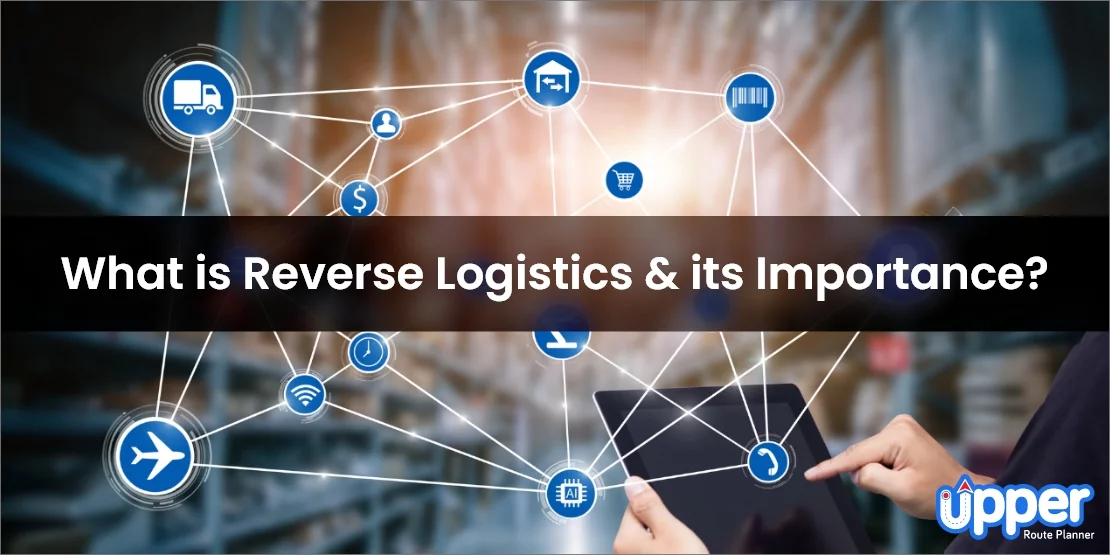
The use of and demand for electronics has grown to unprecedented levels, fueled by new technologies and our reliance on connectivity in our personal and professional lives. And this has rapidly evolved to meet our demands during the pandemic. With our reliance on all things electronic comes a hefty impact of electronic waste (“e-waste”). Let’s examine the challenge, associated risks, and what companies can do to incorporate e-waste into the long-term sustainability strategy.
What is e-waste?
E-waste has traditionally been classified as computers, servers, monitors, tablets, printers, and cell phones. In today’s tech-enabled world, this term includes many more products used in households and businesses—household appliances and devices, toys, tools, music, cars, and wearables. When these goods reach the end of their useful life, they become e-waste.
According to the 2020 UN Global E-waste Monitor, e-waste is the world’s largest waste stream globally, often contains materials that are conflict-ridden and toxic to human health and the environment, and very little is recycled. E-waste also contains valuable materials, such as cobalt, lithium, palladium, copper, and gold, whose value is lost when not recovered through recycling channels.
The world generated 53.6 million metric tons of e-waste in 2019. Only 17.4% of that was recycled. The fraction not recycled (82.6%) represents $47 billion in lost value from materials that could have been recovered, including cobalt, palladium, copper, and other conflict minerals.Sources: 2020 UN Global E-waste Monitor, GESP 2020 How E-waste Management Market Became a Highly Profitable Industry 2020: Revenue Analysis and Growth Opportunity, AP Newswire 2020
The hidden risks of e-waste
Environmental impacts: E-waste contains many materials, such as lead, mercury, per- and polyfluoroalkyl substances (PFAS), brominated flame retardants (BFR), chlorofluorocarbons (CFC), hydrochlorofluorocarbons (HCFC), and persistent organic pollutants (Borthakur 2016; Seeberger et al. 2016). When e-waste is not recycled, these chemicals contaminate landfills, adversely impacting the water supply through leachate, and polluting the land. Communities located near landfills are particularly susceptible to chemical exposures resulting from improper e-waste disposal. Environmental contamination from recycling operations is common, impacting human health in neighboring communities (Avakian 2014).
Health & Safety impacts: The recycling process for e-waste requires manual disassembly of many electronics, exposing workers to repetitive stress and other physical injuries. The disassembly process also presents the potential for worker exposure to airborne contaminants such as lead, mercury, and combustible dust, which cause significant health impacts. Following disassembly, the treatment of e-waste for recovery of precious metals involves hazardous chemicals and high-risk processes, such as acid processing and smelting, creating high-hazard work environments. Most e-waste treatment occurs in developing countries, which often lack the regulatory controls, safety infrastructure, and culture to keep their workers safe. Research by the World Health Organization (Grant et al. 2013) identified associations between e-waste exposure and thyroid dysfunction, adverse birth outcomes, behavioral changes, decreased lung function, and adverse changes at the cellular level in children.
Companies well acquainted with e-waste risks use a combination of techniques to mitigate these issues, which may include downstream recycling vendor due diligence and verification, extended producer responsibility (EPR) programs, internal corporate standards, and contract terms. Companies that have identified e-waste risks for the first time face a new business risk. As more products become “smart” and connect to the internet, companies are now seeing electronics emerge as a material waste stream, making e-waste risks material to their business.
In addition, consumers and governments are putting on increased pressure for programs that allow for product takeback and resource recovery. Some regions are seeing regulatory action on e-waste, such as the European Union’s recast of the Waste from Electrical and Electronic Equipment (WEEE) Directive. Companies are committing to climate and zero-waste goals in response to shareholder and customer pressure, further elevating the corporate profile on achieving a sustainable business outcome (European Environment Agency 2012). Emerging regulations, market drivers, customer expectations, corporate carbon and net zero goals, and shareholder demands are all key risks to the broader e-waste challenge.
Approaches to the e-waste challenge
Companies are in various stages of their e-waste management journey—whether due to recent recognition of potential e-waste in new products or improving programs for existing products. Wherever a company sits in the electronics product lifecycle, the first steps are to identify material risks presented by e-waste, assess the actions already taken, and map out a strategy for moving forward.
At an early stage in its e-waste management journey, one market-leading wearables manufacturer recognized a potential e-waste risk in a new product and engaged ERM for strategic guidance to understand the critical elements of e-waste risk, such as downstream supply-chain risks and auditing of vendors.









